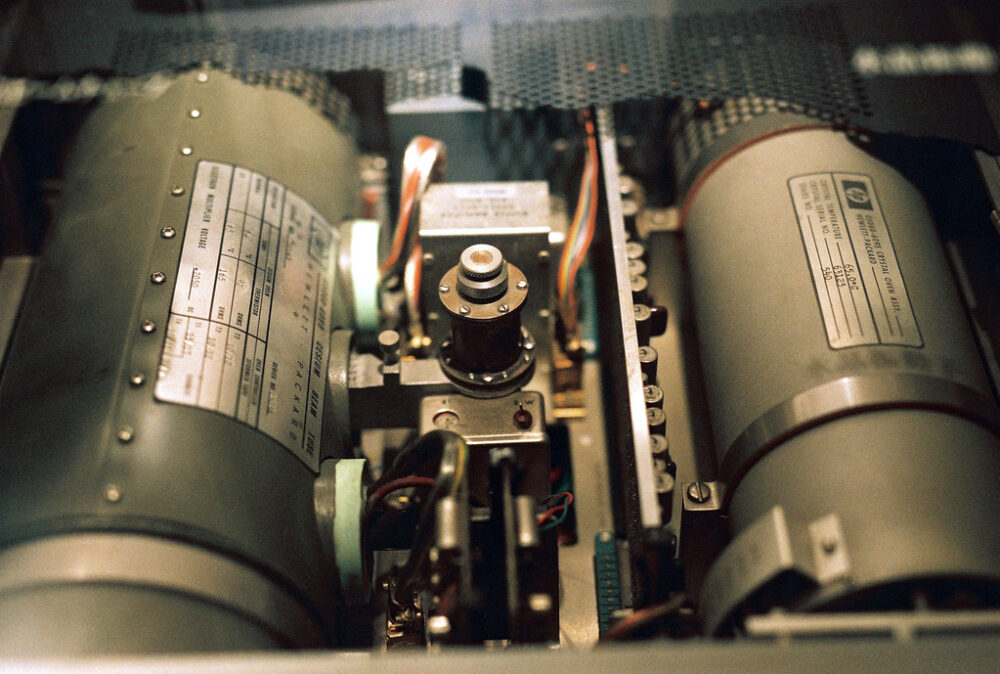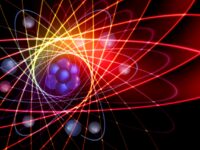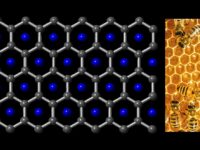What exactly is time? This central question has stumped physicists for years because it seems to transcend definition. Albert Einstein helped bridge the gap with the realization that time is only considered measurable because a clock does so. In theory, that makes perfect sense. Humans created clocks to designate measurements of time for everyday life, a figment of manipulation and self-characterization. In actuality, time is not a single universally measured quantity, but rather a fluctuating mechanism solely based on what clock is used to define it. Thus, physicists thought they could build on that concept in the realm of quantum mechanics.
Time is not a single universally measured quantity, but rather a fluctuating mechanism solely based on what clock is used to define it
Einstein proposed differing views of how physics should be used in the real world, leading to how quantum theory has changed the understanding of time. It led to the understanding that time can be defined by quantum systems, serving as clocks. Dubbed ‘quantum clocks,’ they are the most optimal type of atomic clock and are far superior to conventional clocks. The first and only was created in 2010 by the National Institute of Standards and Technology and was found to be the most precise atomic clock in the world, capable of demonstrating many concepts from Einstein’s theories of relativity.
Quantum clocks specifically illustrate special relativity, which says that the faster something travels the slower time appears to pass, just another example of how time can be manipulated with other objects. This is the idea behind Einstein’s twin experiment in which one twin travels at light speed while the other remains stationary. The twin moving at the speed of light comes back having aged less than the other, creating time dilation. This idea can be applied to atoms in superposition to create a quantum clock.
Superposition is a phenomenon where an object can simultaneously be in multiple states until observed. It is a complicated theory because the moment an object in superposition is observed, it is only found in one state. Before observation, it exists as a function of probabilities. Though perplexing, superposition continues to base the framework for quantum technologies, making quantum computing and communication possible.
Superposition also serves the major basis of several theories like the famous Schrödinger’s Cat thought experiment. The experiment says that a cat in a box with bottled poisonous gas and a radioactive substance will be between a point of life and death at the same time. This is due to the superposition of the nucleus being between a state of decay and non-decay before observation. It introduces the fact that atoms, particularly radioactive atoms, define their passage of time through radioactive decay. This type of decay is quantized and cannot be concretely predicted. Sure, for some elements like radioactive carbon there is an averaged and measured half-life, the time for half of a sample to decay. However, that is just an average of what half-life decay looks like. There are outliers to that trend, and it makes it difficult to say when exactly an atom will break down.
Radioactive atoms are ideal quantum clocks because of the way superposition allows them to be in multiple states, decayed and whole, at the same time until a disturbance collapses the system into decayed or whole. The passage of time is not experienced as seconds moving on a clock. Rather, the nuclei of both an undecayed atom and a decaying atom would look identical until the moment of collapse. Radioactive atoms do not define their passage of time through measurement but in the moment of observation.
These atoms could experience time dilation, leading to a form of time measurement in quantum clocks. If one of the superposed states was in motion while the other remained still, they would not just be between states of decay and non-decay, but the atoms would exist at different ages, one older than the other. This would demonstrate the twin experiment within a single atom, unlike anything ever exhibited, and will most definitely play a bigger role in quantum clocks going forward.
While highly nuanced, this type of thinking, especially involving time dilation, can affect the evaluation of time and the sophisticated design of higher precision quantum clocks. Yes, this mess of parts provides more questions than answers, specifically how to bring this idea to life and what the effects will be, but hopefully those answers will be solidified through testing and enforce time as one of the most fascinating glitches in the universe.
Sources:
Nature Communications (2020). DOI: 10.1038/s41467-020-18264-4
Advances in Computers (2002)
Image courtesy of Flickr





